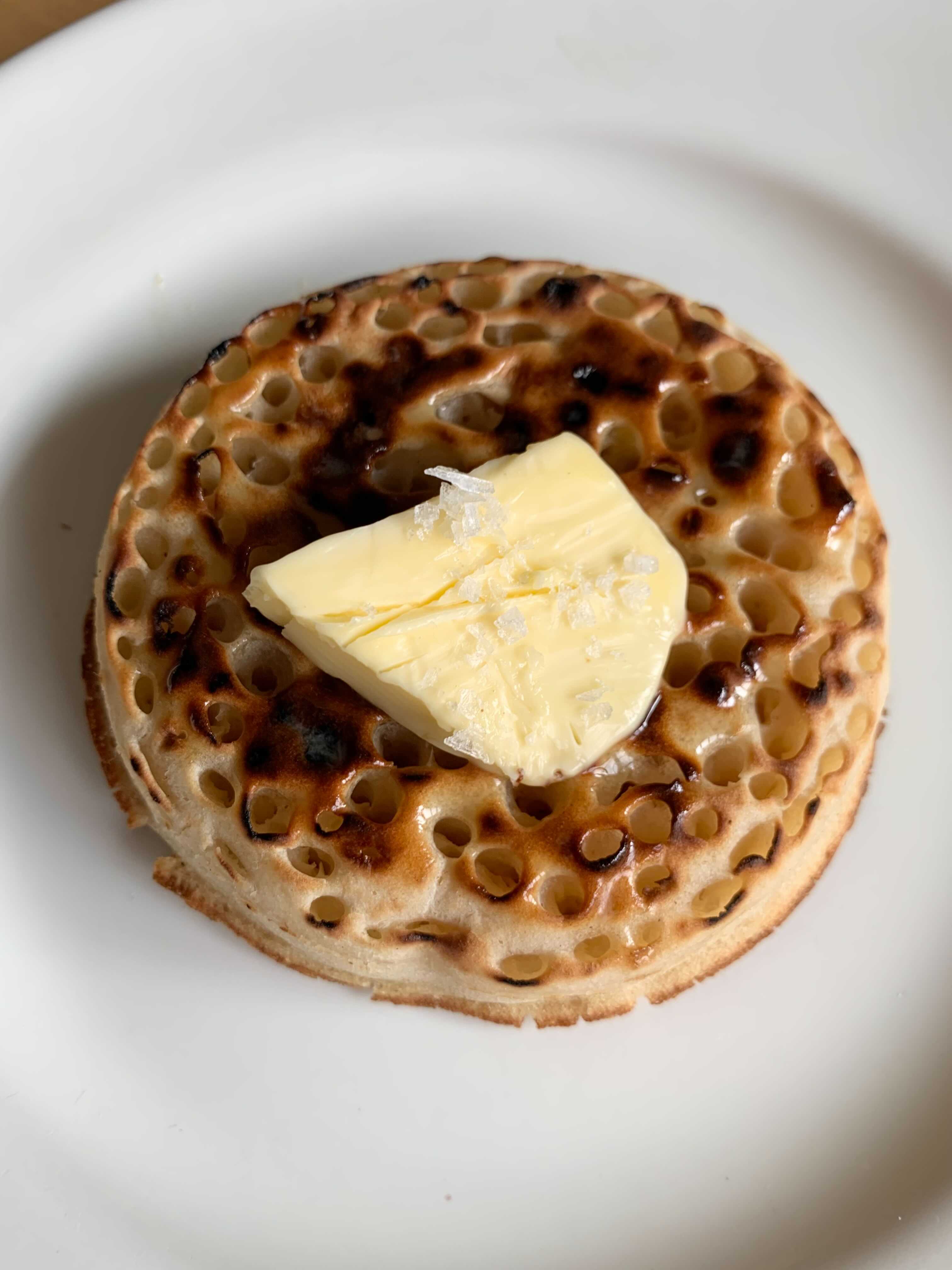When I was a boy, I didn’t like butter. In fact, I loathed the stuff. I would refuse to have butter in my ham sandwiches; I’d prefer my toast to be dry and unlubricated; and I’d get distressed at the very sight of butter being left out to sweat on the counter. Weird kid, I know.
It’s funny looking back on my butter-phobia today because, nowadays, I can’t seem to get enough of the stuff. Take me out for a nice dinner and place a barrel of high-quality salted butter in front of me alongside a few hefty slices of warm bread, and I won’t even care if the rest of my meal is an absolute disaster. Okay, I’d still care a bit. But at least I’d be so full of bread and butter that I wouldn’t be at risk of leaving the restaurant hungry.
Butter is a wondrous food product. It’s perfect for frying, baking, eating and – along with its cousins cheese and yoghurt – a prime example of why I could happily be a vegetarian but could never envision myself living a life free from dairy. I’m not alone in my advocacy for the stuff.
The likes of high-end chefs such as Mark Birchall at the two-Michelin starred Moor Hall in Lancashire; Paul Ainsworth at the Michelin-starred No6 in Padstow; and Tommy Banks of The Black Swan are just a few of the talents out who all make their own butter in-house.
Even daytime telly magnate James Martin released a cookbook this year simply called: Butter. The cover is absolutely chaotic yet, filled with over 130 buttery recipes that range from bougie butter-poached lobster to a Mob-friendly chicken with ‘nduja butter, I’ve got to respect him for his commitment to the bit. Going through that list of chefs I’ve just mentioned, you might assume that a passion for butter is exclusive to the Horse & Hound crowd. But butter isn’t just for middle-aged white men.
Chet Sharma (of BiBi) swears by butter and ghee – a clarified butter that’s prevalent in Indian cooking, used to do everything from lacquer up rotis and naan to temper curries. “We grew up eating homemade makhan (white butter) and ghee in India, so I always understood the difference between good and bad butter,” says Chet, “however, it wasn't until I ate at Blue Hill at Stone Barns where it really clicked – that butter really is just the product of what the cow has eaten. At Blue Hill they serve two butters side-by-side, one from a cow that loved eating wild flowers, the other from a cow who preferred to eat more silage and dried grass. The difference between the two was so clear that it really drove home how important the cow's diet is to the taste of the butter.”
The BAO restaurant group also lives and breathes butter. BAO Borough’s signature 40-day aged beef dish gets its richness from a bespoke creation of theirs known as Taipei butter (a mixture of spiced beef fat, butter, and plenty of aromatic spices and herbs like star anise and basil that’s strewn through freshly cooked rice) while the Shoreditch joint’s slow cooked beef and short rib noodle bowl comes with a fat lobe of beef butter bobbing in its broth. Butter is integral to the essence of both dishes.
Buying good butter is essential to good cooking. But making your own butter at home doesn’t have to be complicated. Tristan Welch is chef patron at Parker’s Tavern in Cambridge and a man who believes in the restorative power of butter. “Making butter is an absolute art form”, says Tristan, who makes his butter using raw Jersey cow milk he gets down the road from his home in Cambridge. “First up, it's about the quality of the milk and I'm talking about extra rich, extra creamy milk. The kind of milk where, when you let it settle, the cream and the milk is about 50/50. Next, it’s about managing the level of lactic acid within the butter. that's where you get that slight hint of acidity at the back of the butter which cuts through the richness and balances it perfectly.”
Tristan suggests that one of the best ways to get that lactic acid level right is by leaving your milk out overnight. Health and safety anoraks might be shocked at such an action but it’s a perfectly safe thing to do. “Once you have managed the level of lactic acid within the creamy milk, put it in a mixer and let it mix until it splits out,” continues Tristan, “what you get is butter and then the start of a buttermilk. Don't throw that buttermilk away though. Add a touch of yoghurt to it once it's separated from the butter and that will start to create its own culture within itself and you have free buttermilk.” Who doesn't like free buttermilk?
If that sounds a bit much (or if you’re a bit wary of leaving your milk on the counter for the night) then you can always have a go at adding some excitement to shop-bought butter. “Tarting up shop-bought butter is really simple,” says Tristan, “take a really good quality unsalted butter, slice it and sprinkle some sea salt flakes over the top – that's the first simple step that anyone can do – and make sure you serve it at room temperature. Alternatively, serve it freezing cold with hot toast. That’s delicious, too. However, for those who want to take it to the next level, the best spruced up butter I've ever had is when a sous chef of mine created a recipe using one whole head of garlic to one pack of butter and one bunch of parsley. It was so rich and so delicious.”
